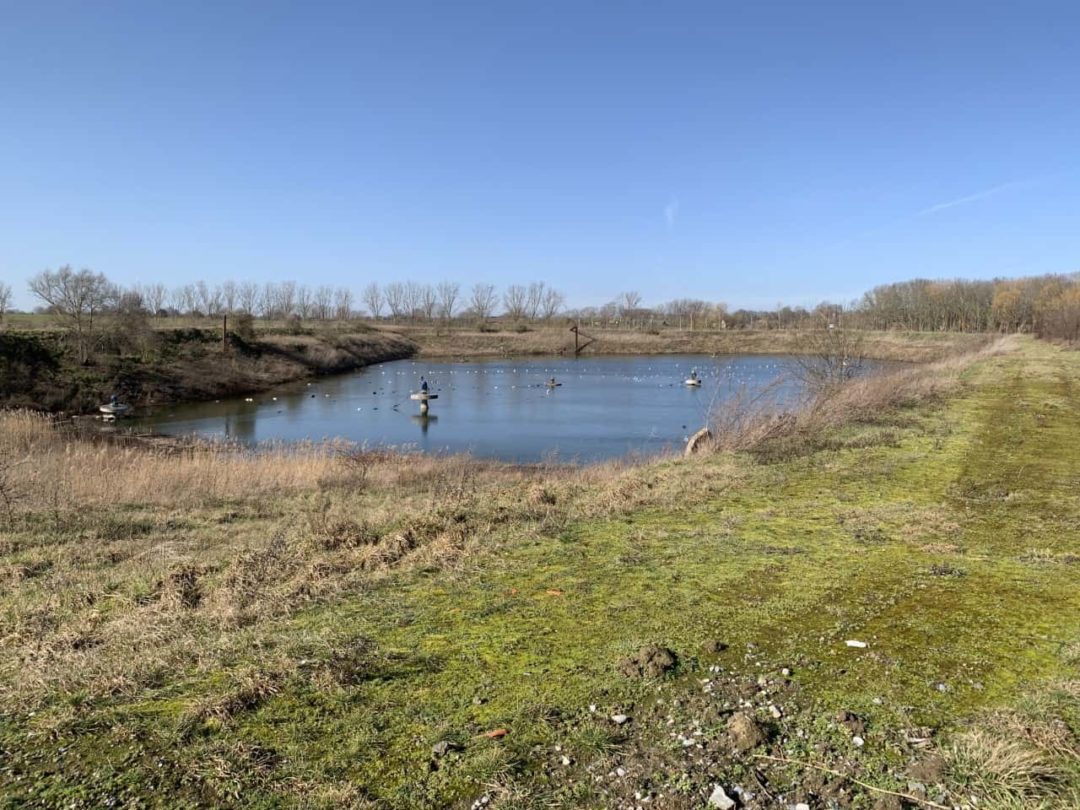The settling pond was once used to wash and transport sugar beet to Beneo’s processing facility, a use it hasn’t seen in 30 years. During that time, several species of wildlife have taken up residence in the pond and surrounding area: water birds live in the reedbeds on the water’s edge, and the woodland provides a hideout for raptors, passerines, rabbits, bats, and beavers, according to the press release.
Caroline Moitroux, the Environment Engineer in charge of the biodiversity program at Beneo, said, “This project is our chance to play an active role in restoring some of the natural equilibrium that has been lost over time through human activity. Our settling ponds are an environment in which fauna and flora thrive. We see it as our responsibility to preserve and nurture them. As Beneo’s expertise is in food ingredients, we have sought advice from experts in this field. Thanks to our collaborations with not-for-profit environmental organizations Natagora and Natagriwal, we are taking informed action to establish a healthy, natural eco-system in and around our ponds.”
Natagora and Natagriwal, both of which have expertise in managing habitats and ecosystems, will work with Beneo to implement a series of products to further develop the biodiversity of this area. Natagriwal, for instance, is working with the farmers in the pond’s vicinity to establish ecological corridors between crops and wild areas, and to develop sustainable practices.
Related: Beneo Water Transport Investment to Cut CO2 Emissions Microbiome: The More You Know Long-Term Study Shows Safety, Benefits of Prebiotic Infant Formula
Aurélie Borensztein, Field Advisor for agro-environmental and climatic methods at Natagriwal, said in the press release: “The cooperation with the local farmers and Natagriwal is very good and constructive. The various meetings have already led to concrete results on the site. One example are the strips and plots dedicated to the small fauna of the plains.”Natagora is taking the lead on protecting indigenous flora and fauna within the sanctuary, vita species auditing and habitat creation.
Thierry Ory, Project Coordinator at Natagora, added: “The ‘Hesbaye’ region is mainly made up of open-field areas where few stagnant bodies of water remain. Settling ponds therefore become very attractive for biodiversity, especially for birds and dragonflies. All parties are now convinced of the possibilities of coexistence between industrial processes and the enhancement of nature.”









